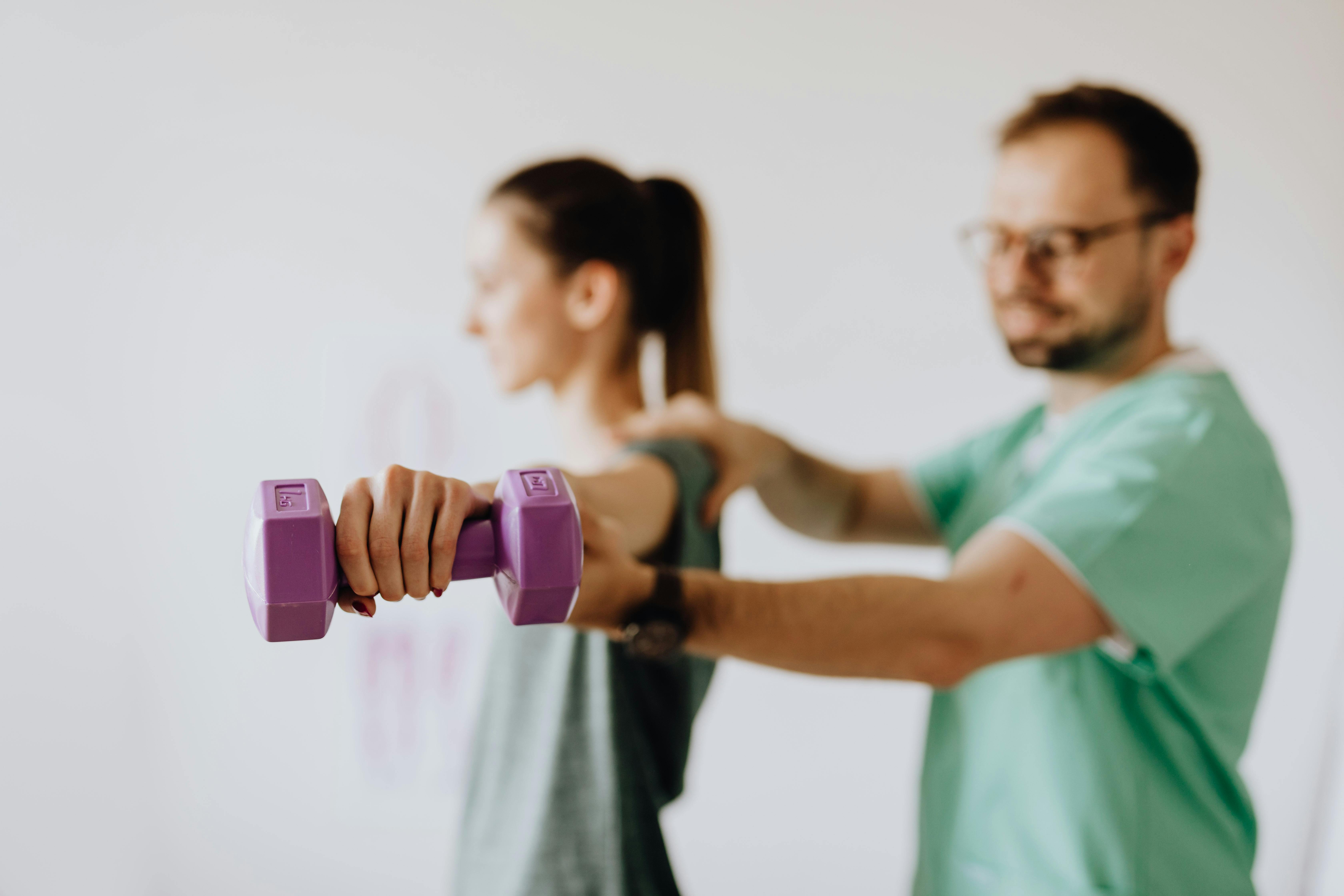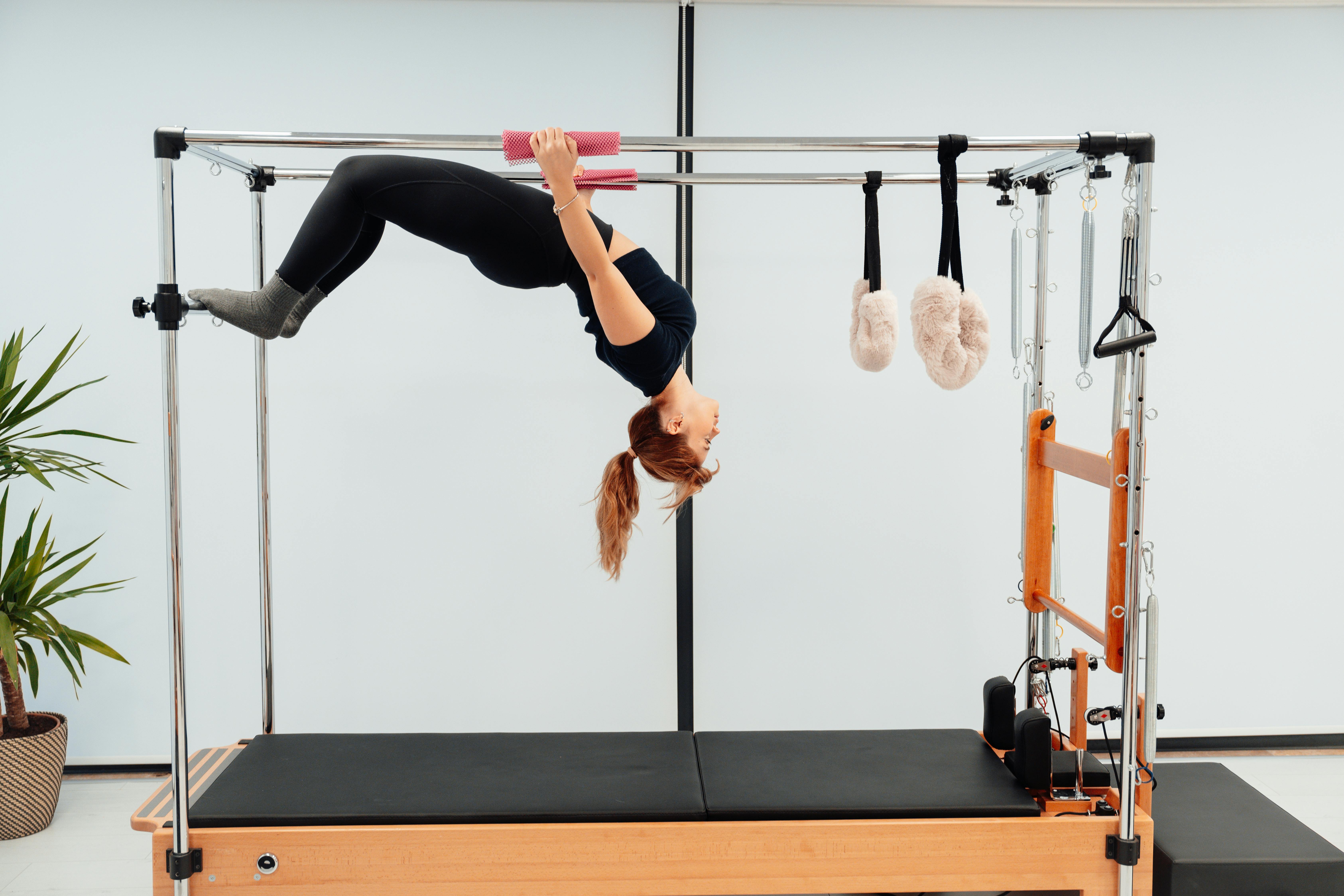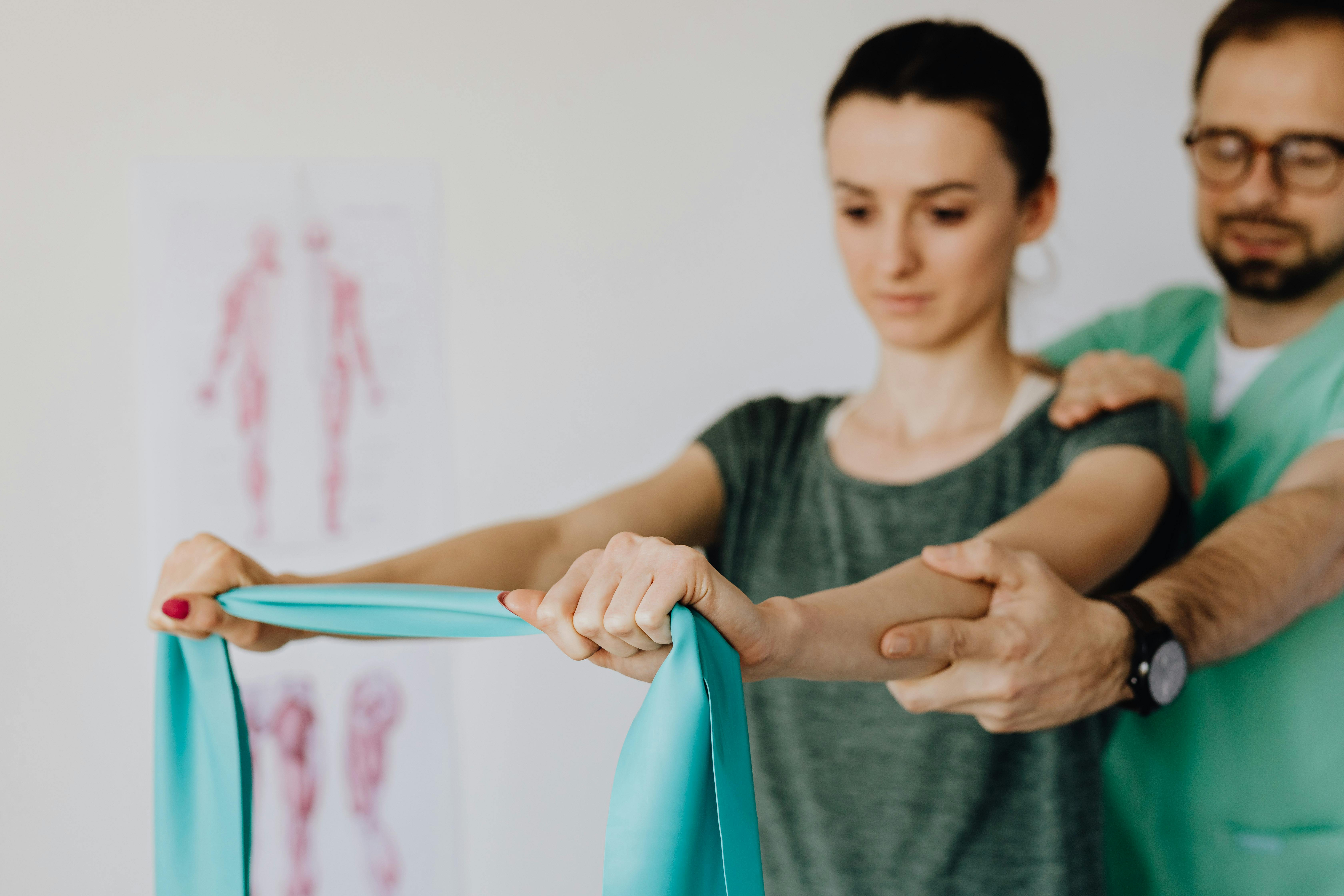Are you looking for effective rehabilitation techniques to aid in your injury recovery journey? Learn more about how rehabilitation and physical therapy services can help you regain strength and mobility after an injury.

This image is property of images.pexels.com.
Understanding Rehabilitation Techniques
Rehabilitation techniques are an essential part of the recovery process after an injury.** They involve various exercises, therapies, and treatments that aim to improve mobility, strength, and overall function. By following a personalized rehabilitation plan, you can speed up your recovery and prevent any long-term consequences of your injury.**
Importance of Rehabilitation in Injury Recovery
Rehabilitation plays a crucial role in helping individuals recover from injuries and regain normal functioning.** By focusing on exercises that target specific areas of weakness or pain, you can improve your overall strength, flexibility, and range of motion. Rehabilitation also helps in reducing pain, swelling, and inflammation, making the recovery process more manageable.**
Types of Rehabilitation Techniques
There are different types of rehabilitation techniques that cater to various injuries and conditions.** Depending on your injury and recovery goals, your healthcare provider may recommend one or more of the following techniques:
Physical Therapy
Physical therapy involves the use of exercises, stretches, and manual techniques to improve mobility, strength, and function.** A physical therapist will assess your condition and create a personalized treatment plan to address your specific needs. By following a physical therapy regimen, you can improve your range of motion, reduce pain, and enhance your overall quality of life.**
Occupational Therapy
Occupational therapy focuses on helping individuals perform daily activities independently and effectively.** If your injury has affected your ability to perform tasks at work or at home, an occupational therapist can help you regain these skills. They will work with you to improve your mobility, fine motor skills, and cognitive abilities to enhance your independence and productivity.**
Speech Therapy
Speech therapy is essential for individuals who have suffered from injuries or conditions that affect their speech, language, or swallowing abilities.** A speech therapist will assess your communication and swallowing skills and develop a treatment plan to address any difficulties you may be experiencing. Through various exercises and techniques, you can improve your speech clarity, language skills, and swallowing function.**
Aquatic Therapy
Aquatic therapy involves performing exercises and activities in a pool to improve mobility, strength, and balance.** The buoyancy of water helps reduce stress on your joints and muscles, making it an ideal option for individuals with joint pain or limited mobility. By participating in aquatic therapy sessions, you can improve your cardiovascular fitness, flexibility, and overall well-being.**

This image is property of images.pexels.com.
Rehabilitation Techniques for Common Injuries
Different injuries may require specific rehabilitation techniques to help in the recovery process.** Here are some common injuries and the rehabilitation techniques that are often used to aid in their recovery:
Knee Injuries
Knee injuries such as ACL tears, meniscus tears, or patellar tendon injuries are common among athletes and active individuals.** Rehabilitation for knee injuries typically involves a combination of strengthening exercises, stretching routines, and modalities like ice or heat therapy. By focusing on improving knee stability and flexibility, you can reduce pain and prevent future injuries.
Shoulder Injuries
Shoulder injuries like rotator cuff tears, shoulder dislocations, or frozen shoulder can be debilitating and painful.** Rehabilitation for shoulder injuries may include exercises to strengthen the rotator cuff muscles, improve shoulder stability, and enhance range of motion. Manual therapy techniques like massage or joint mobilization can also help reduce pain and improve shoulder function.
Back Injuries
Back injuries such as herniated discs, sciatica, or muscle strains are common and can cause significant pain and discomfort.** Rehabilitation for back injuries often focuses on core strengthening exercises, posture correction, and flexibility training. Modalities like heat therapy or ultrasound may also be used to reduce pain and inflammation in the affected area.
Ankle Injuries
Ankle injuries like sprains, fractures, or Achilles tendon injuries can impact your ability to walk and perform daily activities.** Rehabilitation for ankle injuries may involve balance exercises, ankle strengthening drills, and proprioception training to improve stability and prevent re-injury. Using ankle braces or supports during the recovery process can also provide additional support and protection.
Tips for Effective Rehabilitation
To make the most out of your rehabilitation journey, it is essential to follow some tips to ensure a successful recovery.** Here are some tips for effective rehabilitation:
Consistency
Consistency is key when it comes to rehabilitation.** Make sure to follow your rehabilitation plan as recommended by your healthcare provider and attend all scheduled appointments. By staying consistent with your exercises and therapies, you can speed up your recovery and achieve better long-term outcomes.
Patience
Recovery takes time, and it is essential to be patient throughout the rehabilitation process.** Understand that progress may be slow at times, but with perseverance and dedication, you can overcome any setbacks and continue to improve. Listen to your body, rest when needed, and trust the process of rehabilitation.
Communication
Effective communication with your healthcare providers is crucial for a successful rehabilitation journey.** Be open and honest about your progress, any pain or discomfort you may be experiencing, and any concerns or questions you have about your treatment plan. Your healthcare team is there to support you and provide guidance through every step of your recovery.
Lifestyle Modifications
Making lifestyle modifications can also contribute to a faster and more successful recovery.** Eat a balanced diet, stay hydrated, get enough rest, and avoid activities that may aggravate your injury. By taking care of your overall health and well-being, you can support your body’s healing process and optimize your recovery.
Support System
Having a strong support system can make a significant difference in your rehabilitation journey.** Surround yourself with family, friends, or support groups who can offer encouragement, motivation, and emotional support during challenging times. Sharing your experiences and progress with others can help you stay motivated and positive throughout the recovery process.

This image is property of images.pexels.com.
Conclusion
In conclusion, effective rehabilitation techniques are essential for injury recovery and can greatly impact your overall well-being.** By understanding the different types of rehabilitation techniques, the importance of rehabilitation in injury recovery, and following tips for effective rehabilitation, you can achieve a successful and sustainable recovery. Remember to stay consistent, patient, and communicate effectively with your healthcare team to make the most out of your rehabilitation journey. Your dedication and commitment to your recovery will ultimately lead to a better quality of life and improved health.